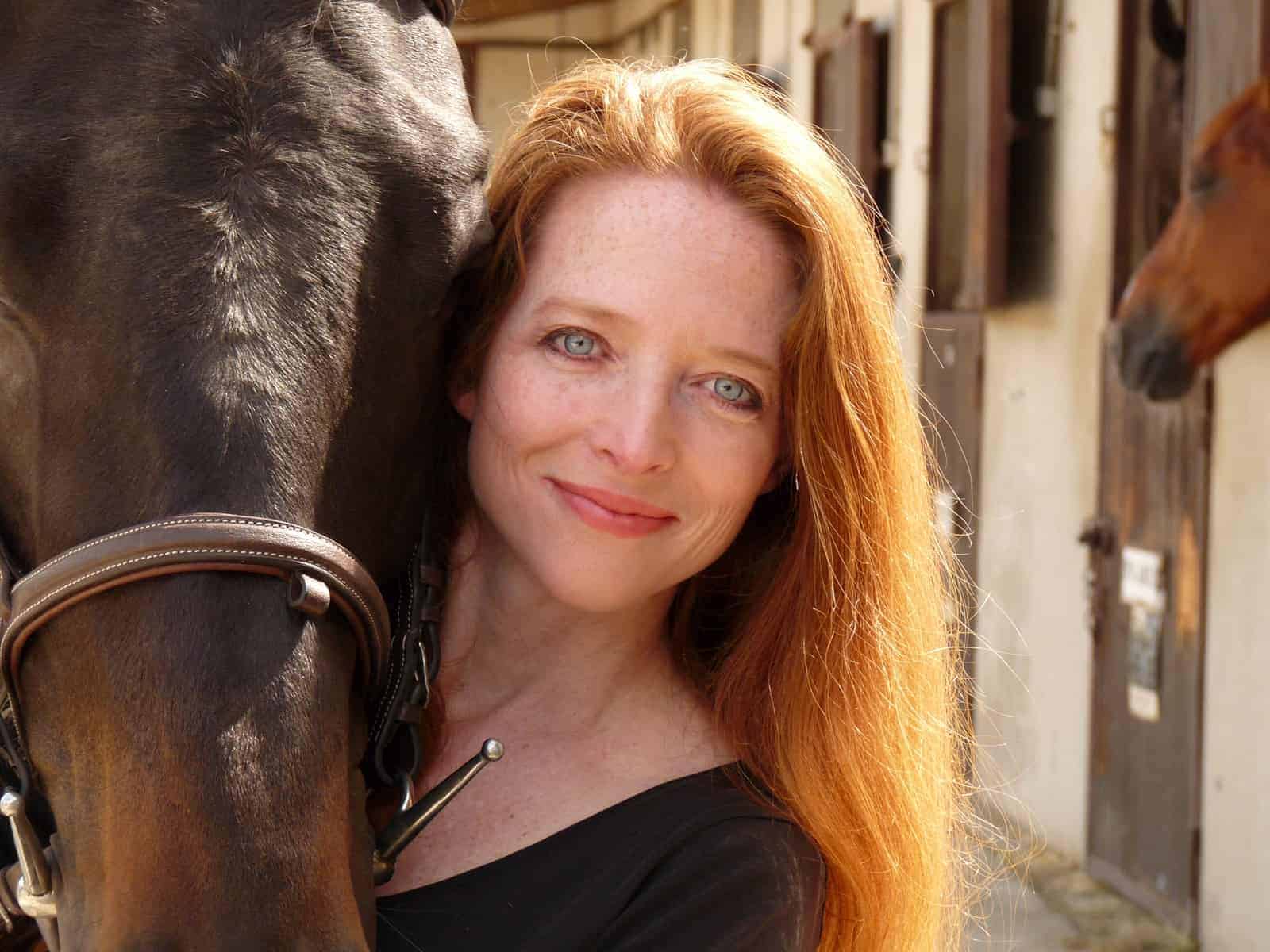Tendon Problems in Old Horses: What Goes Wrong?

Old tendons injure more easily. That, we know. What we didn’t know—but do now, thanks to a new study from researchers in the U.K.—is what, within the aging tendon itself, weakens. The scientists have learned that it has much to do with a stretchy, sticky, weblike structure within the tendon that loses its resistance over time. That new discovery, they say, could help lead to more targeted treatment to battle tendon problems in old horses.
“Tendons are a bit like a rope, with lots of separate strong strands (fascicles), which are held together by a surrounding soft, sticky material,” called the interfascicular matrix, said Hazel Screen, CEng, MIMechE, MIPEM, professor of biomedical engineering and chair of the Queen Mary University of London School of Engineering and Materials Science Division of Bioengineering and Biomaterials.
This sticky matrix acts as a support system for the fascicles to allow them to slide alongside each other and coil back up after a “load”—an energetic use of the tendon—is removed. Screen said injury risk increases when that supporting matrix starts to break down
Create a free account with TheHorse.com to view this content.
TheHorse.com is home to thousands of free articles about horse health care. In order to access some of our exclusive free content, you must be signed into TheHorse.com.
Start your free account today!
Already have an account?
and continue reading.

Written by:
Christa Lesté-Lasserre, MA
Related Articles
Stay on top of the most recent Horse Health news with















